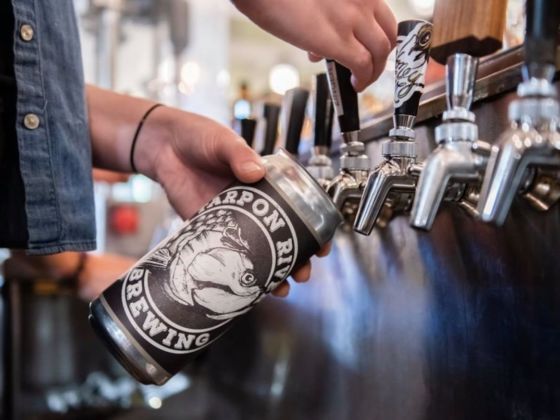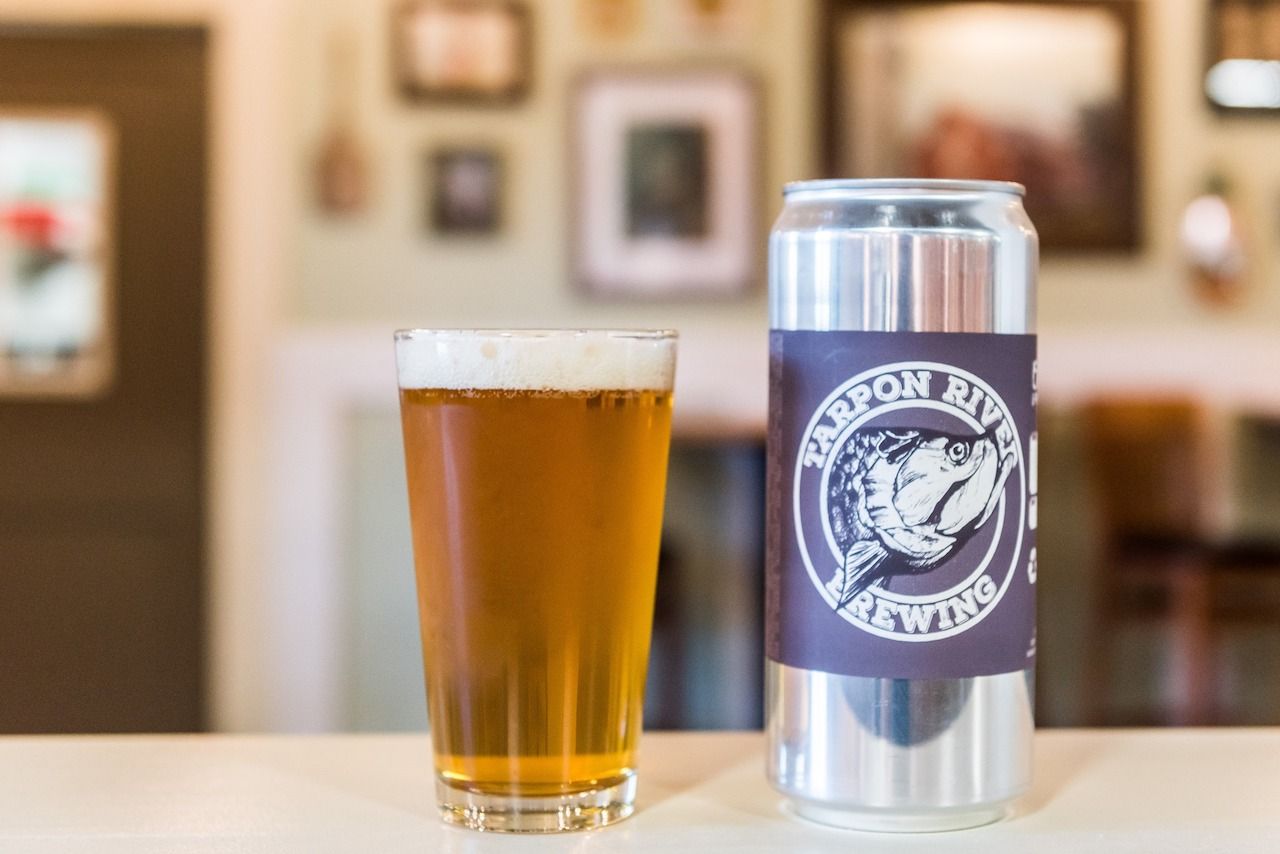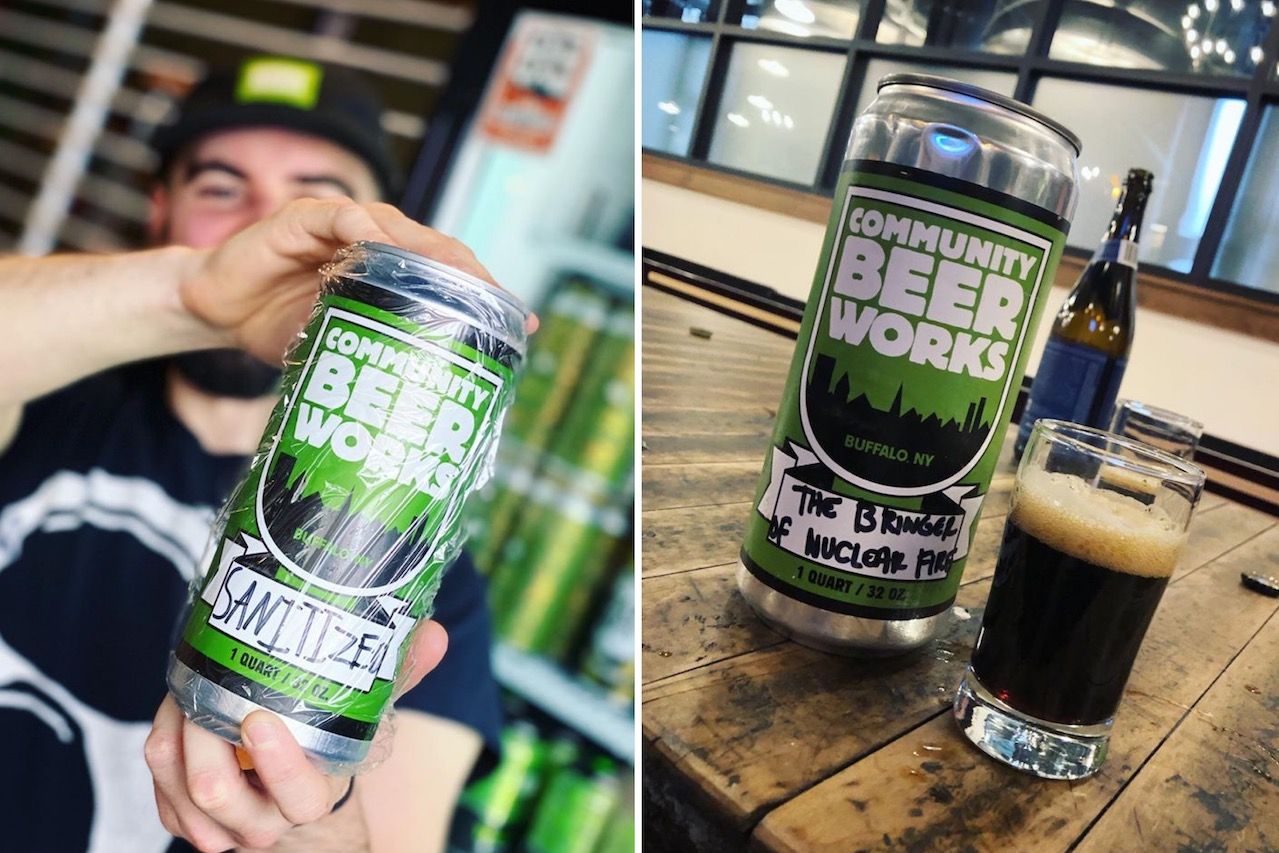Crowlers have become the toilet paper of the brewing industry.
Not that guys with beards are fighting over 32-ounce stainless steel cans at the local brewers’ supply shop. But a nationwide shortage of crowlers has created a level of desperation that’s driven some beer makers to extremes.
“Our supplier said they have a spot up in Jacksonville where we can pick up 300 crowlers they’ve allocated for us,” says McKay Ferrell, operations partner at Gulf Stream Brewing in Fort Lauderdale, Florida. “They said, ‘We can’t ship them out, but if you want them, come get them.’ So we hit up our contacts, pooled some resources, took the day trip up and back to make sure we can get them here.”
This week, he sent a member of his Gulf Stream Brewing team over 300 miles north to Jacksonville. He doesn’t expect his crowlers to last through the weekend.
“They sent us an allotment of 250 last Friday, by Sunday we were out,” he says. “This is a band-aid.”




